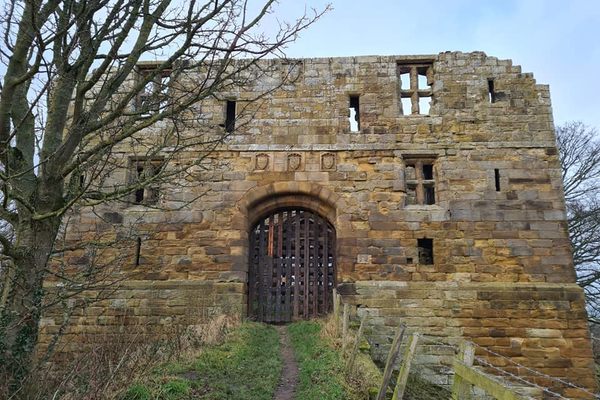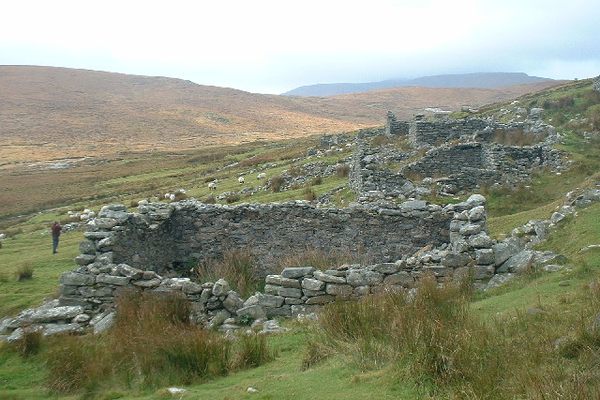About
First settled in 1840, Cross Plains, Wisconsin is a small town approximately 15 miles west of Madison, the state capital city. A 1920 edition of the Wisconsin State Journal described the town as "nestled in a narrow valley, hemmed in by frowning bluffs." Situated atop part of these frowning bluffs are the remnants of the Matz Farmstead, which consists of two desolate stone structures, the only remains of German-born settler Friedrich Matz's built legacy.
Located in the Dane County Halfway Prairie Wildlife Area, these two structures are evidence of early Cross Plains history. In 1842, the village had a total of 13 people. Ten years later, the Matz farmstead was first homesteaded. In the interim years, the village of Cross Plains evolved tremendously.
Spatially, the village was once part of the then-fledgling town of Madison until 1847, when it broke off to become its own town. Built on Ho-Chunk Nation land, the early settler history of Cross Plains is described as being a confluence of Native American, German, Irish, Norwegian, Hungarian, and Mormon cultures. As more people converged upon the territory of Wisconsin, Cross Plains, too, grew. Borders, farmers, hunters and trappers, blacksmiths, and other occupations formed the commercial underpinnings of the town. A governmental system was established with the elections of the first officers in 1847. In 1857, a flour mill was built, receiving a 50-horsepower steam engine in 1875.
It was amidst this context that Matz set down his roots on the Cross Plains bluffs. Ten years after returning from the Civil War, Matz built the house. He lived there with his wife, Katherina, their son and daughter-in-law, and their grandchildren. Unfortunately, the house burned down in 1949, leaving only the stone parts of the house. Pictures of it show a house built in a traditional vernacular style with two stories. The other extant structure on the former farmstead is an agricultural outbuilding, an astylistic but utilitarian structure likely built for storage. Like many Cross Plains settlers at the time, the Matz family lived off of the land, growing produce such as corn and potatoes, raising oxen, and harvesting hay.
Related Tags
Know Before You Go
You can walk the entire site along the fence line, but there is no official path. Not handicapped accessible. Parking just below the ruins.
Published
October 31, 2023
Sources
- https://wisconsinfirstnations.org/map/
- https://townofcrossplains.org/town-information/historical-society.asp
- https://www.wisconsinhistory.org/Records/Property/HI4894
- https://www.wisconsinhistory.org/Records/Newspaper/BA5541
- https://www.hmdb.org/m.asp?m=108764
- https://wisconsinfirstnations.org/map/
- https://townofcrossplains.org/town-information/historical-society.asp
- https://www.wisconsinhistory.org/Records/Property/HI4894
- https://www.wisconsinhistory.org/Records/Newspaper/BA5541
- https://www.hmdb.org/m.asp?m=108764






































